As we settle into the rhythm of our daily lives, it's crucial to pause and consider an often-overlooked aspect of our safety: fire prevention. Fires can escalate quickly, turning a routine day into a devastating crisis in moments, making awareness and preparedness essential for everyone. From checking smoke alarms to creating an escape plan, there are simple yet effective strategies that can significantly reduce risks. Join me as we explore essential fire safety reminders that could save lives and homesâread on to ensure your safety and the well-being of your loved ones!
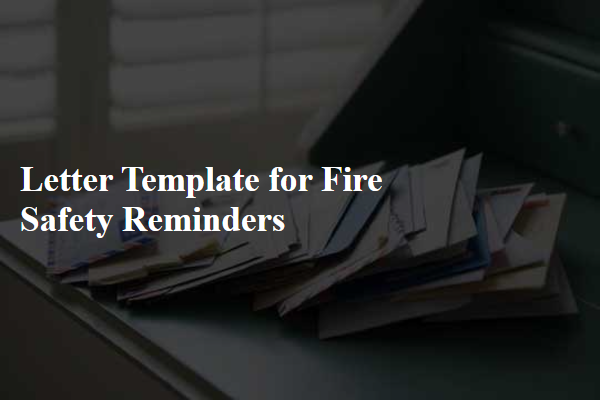
Clear Recommended Actions
Fire safety reminders emphasize preventive measures crucial for protecting homes and lives. Regularly check smoke detectors, ensuring functionality at least once a month. Maintain fire extinguishers, inspecting them annually for proper pressure and accessibility in key areas like kitchens and garages. Create and practice a fire escape plan with all household members, identifying two exit routes from each room and a designated meeting point outside the building. Additionally, avoid clutter around exits and ensure that flammable materials, such as paper or chemicals, are stored safely away from heat sources. Stay informed about local fire regulations and attend community fire safety workshops to enhance knowledge and preparedness.
Emergency Contact Information
In residential buildings, ensuring proper fire safety is crucial for the protection of inhabitants. Regular reminders should include vital emergency contact information, such as local fire department numbers (like 911 in the United States), police (for incidents requiring law enforcement), and an emergency management contact for additional resources. Building managers in multi-unit dwellings must provide clear evacuation plans and designate fire wardens to facilitate safe exits during emergencies. Fire alarms should be regularly tested and smoke detectors replaced every ten years for optimal function. Furthermore, residents should be educated on creating fire escape plans unique to their floor plans, ensuring all family members, especially children, know how to respond quickly in the event of a fire.
Compliance with Regulations
Fire safety compliance significantly reduces the risk of dangerous incidents in residential and commercial buildings. The National Fire Protection Association (NFPA) guidelines, established to protect lives and property, emphasize the importance of regular inspections and maintenance of fire alarms, sprinklers, and extinguishers. For instance, smoke detectors must be tested monthly and replaced every ten years to ensure proper functioning. Emergency exit routes and fire escapes, clearly marked and unobstructed, are critical for safe evacuation in emergencies. Local fire codes often mandate fire drills at least once a year for all occupants to practice their response during a fire. Awareness of the specific regulations set forth by local authorities enhances community safety and fosters a culture of preparedness.
Scheduled Inspection Dates
Scheduled fire safety inspections are critical for ensuring compliance with safety regulations in facilities such as commercial buildings, manufacturing plants, and residential complexes. Regular inspections, typically conducted annually or semi-annually, serve to identify potential hazards such as faulty wiring, malfunctioning smoke detectors, and blocked fire exits. Fire safety inspectors, certified by organizations like the National Fire Protection Association (NFPA), assess fire suppression systems, including sprinklers and fire alarms, to ensure they operate correctly. These inspections often occur during specified months, such as April or October, aligning with seasonal changes. Maintaining a detailed record of inspection dates and outcomes not only meets legal requirements but also enhances overall safety for occupants in case of emergencies.
Evacuation Plan Details
An effective evacuation plan is crucial for enhancing fire safety awareness in residential or commercial buildings. Key components of a comprehensive evacuation plan include designated exits (clearly marked emergency exits), assembly points (a specific safe location outside the building), and clear routes (widely accessible pathways free from obstruction). Regular fire drills (typically conducted biannually) help familiarize occupants with exit procedures and minimize panic during an emergency. Moreover, specific guidelines for individuals with disabilities (wheelchair access or assistance from designated aides) ensure inclusivity in safety measures. Familiarity with fire alarm systems, such as smoke detectors (which should be tested monthly) and manual pull stations, can further empower occupants to respond effectively in case of fire emergencies.

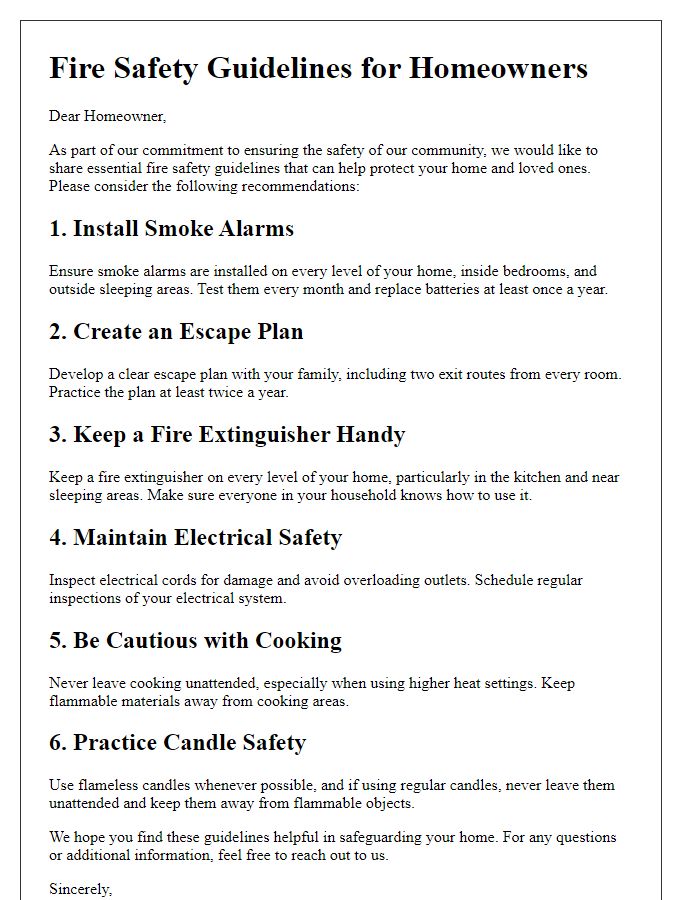
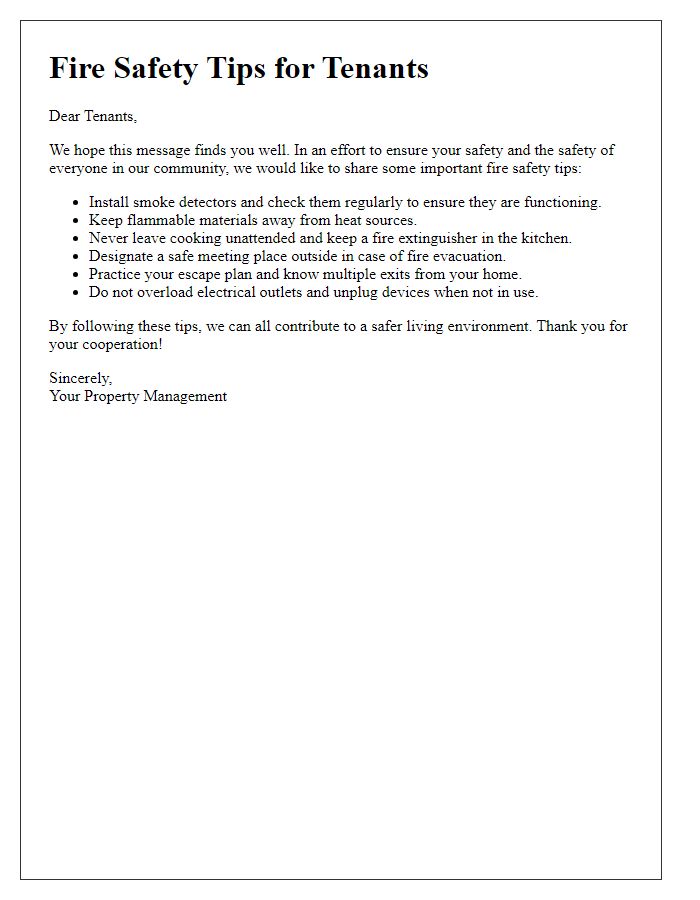
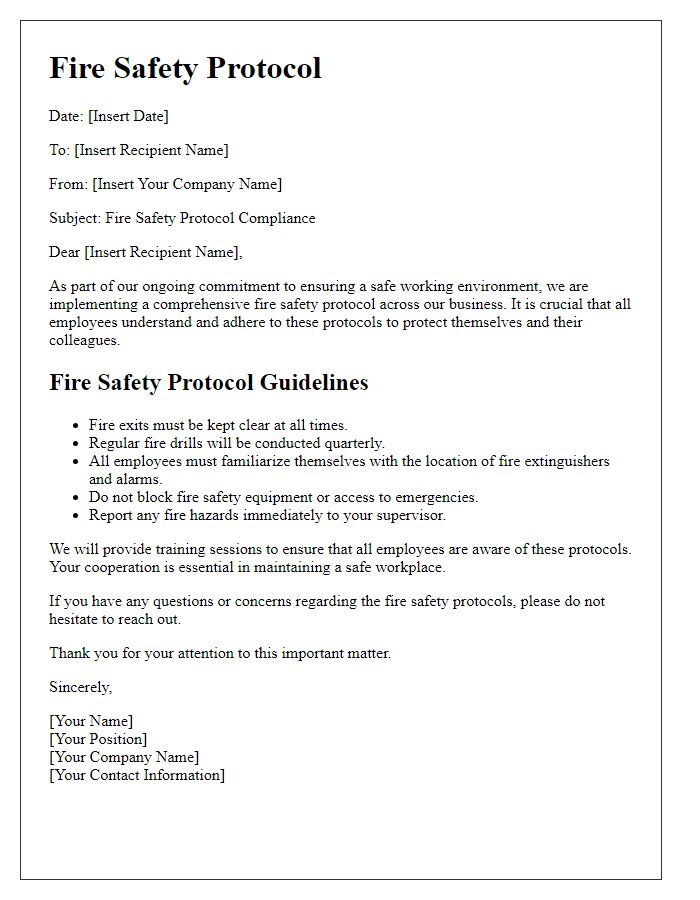
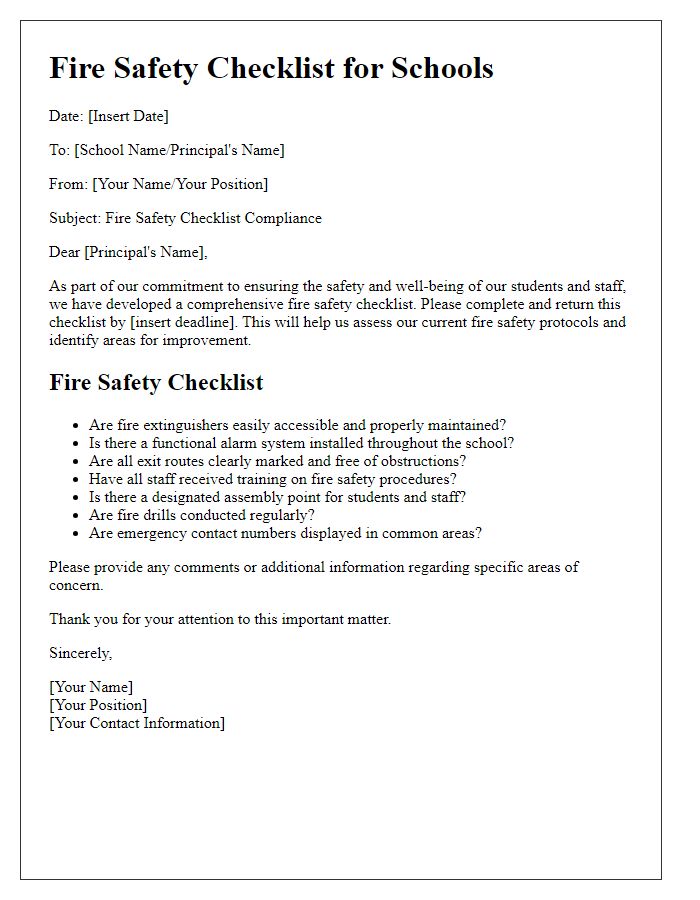
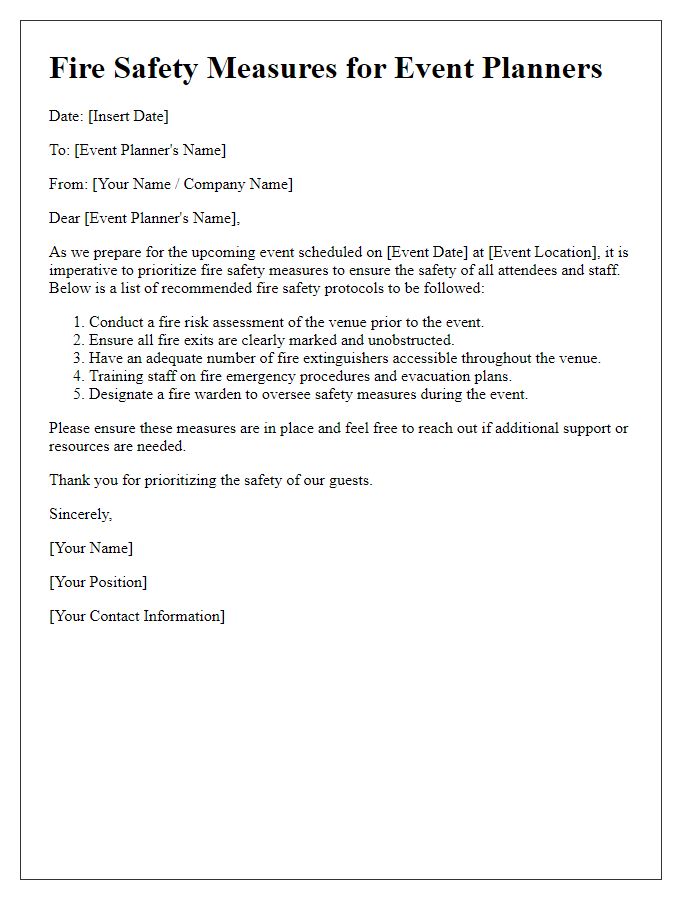
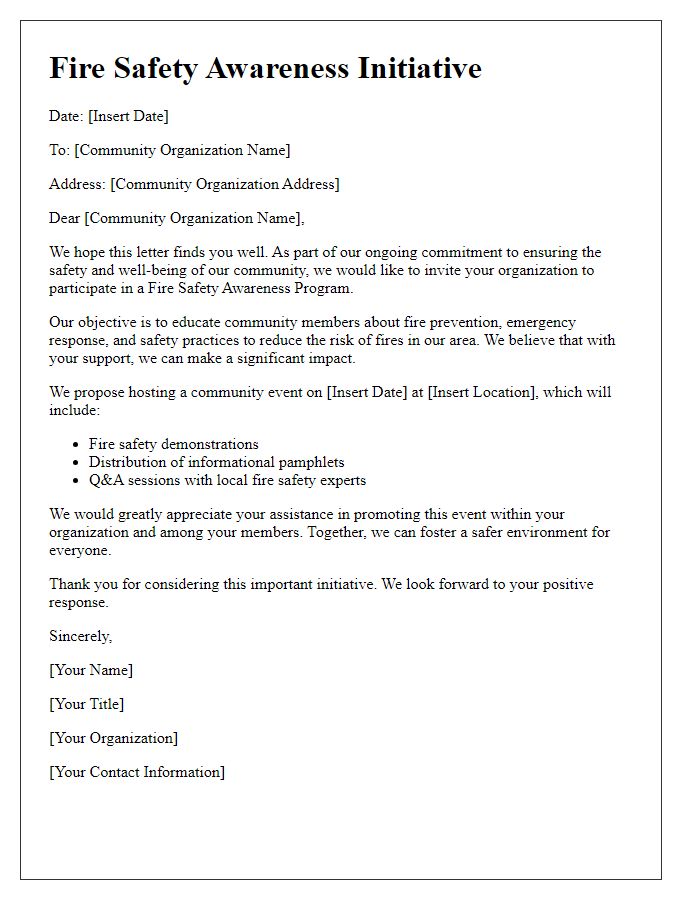
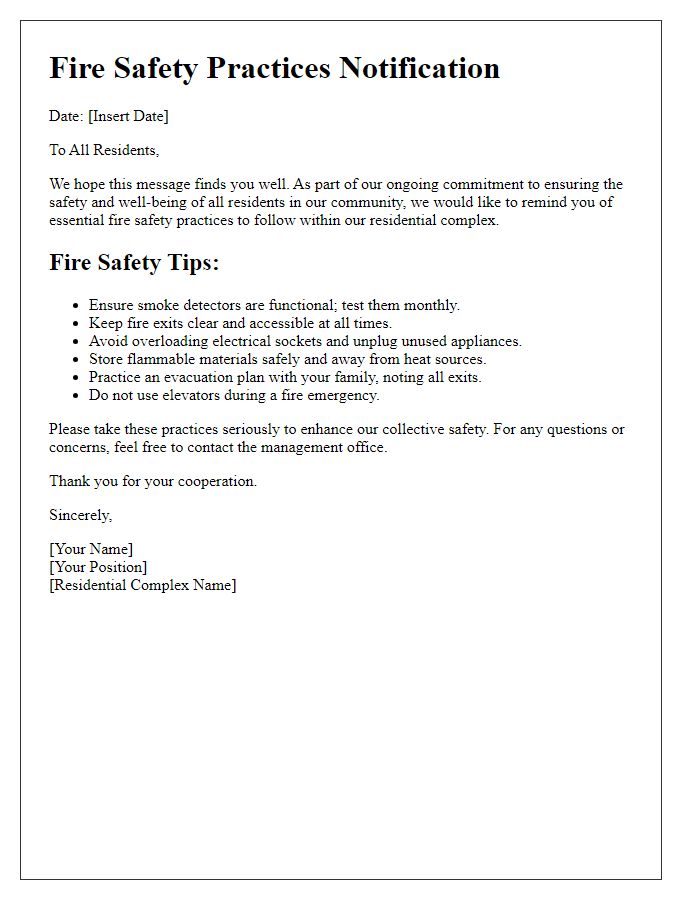
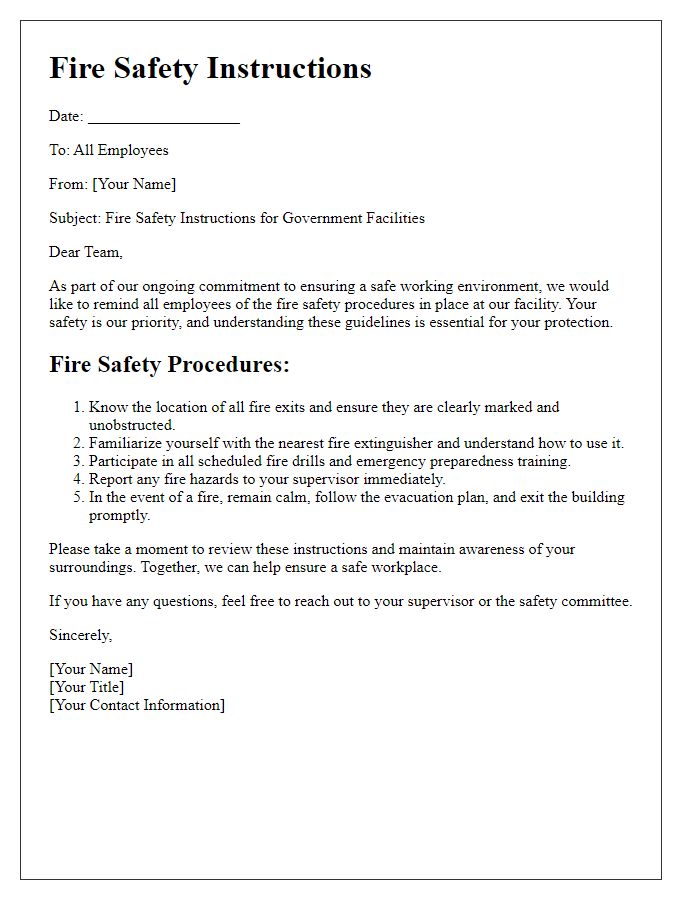
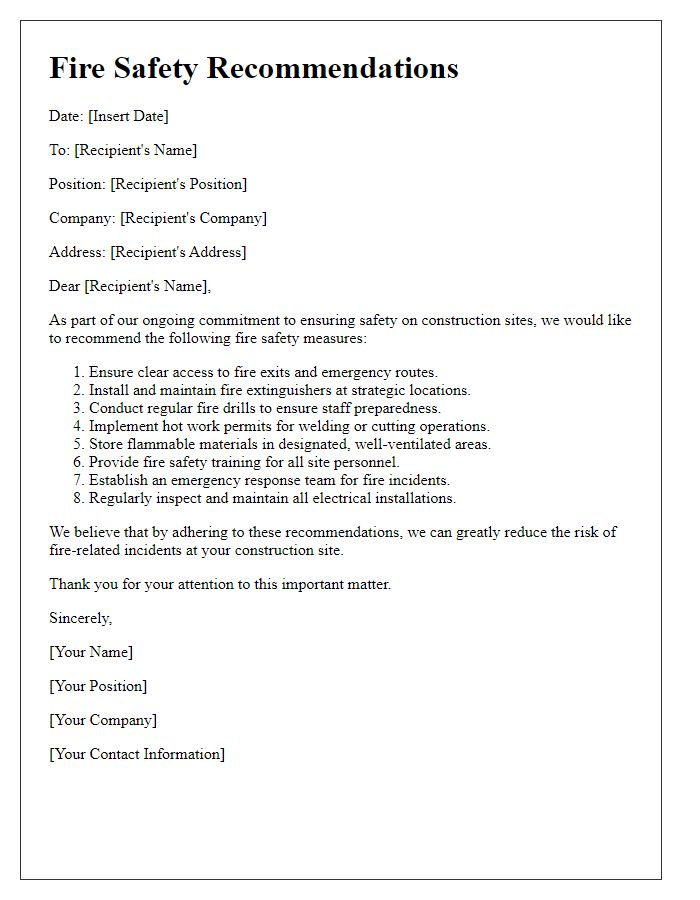
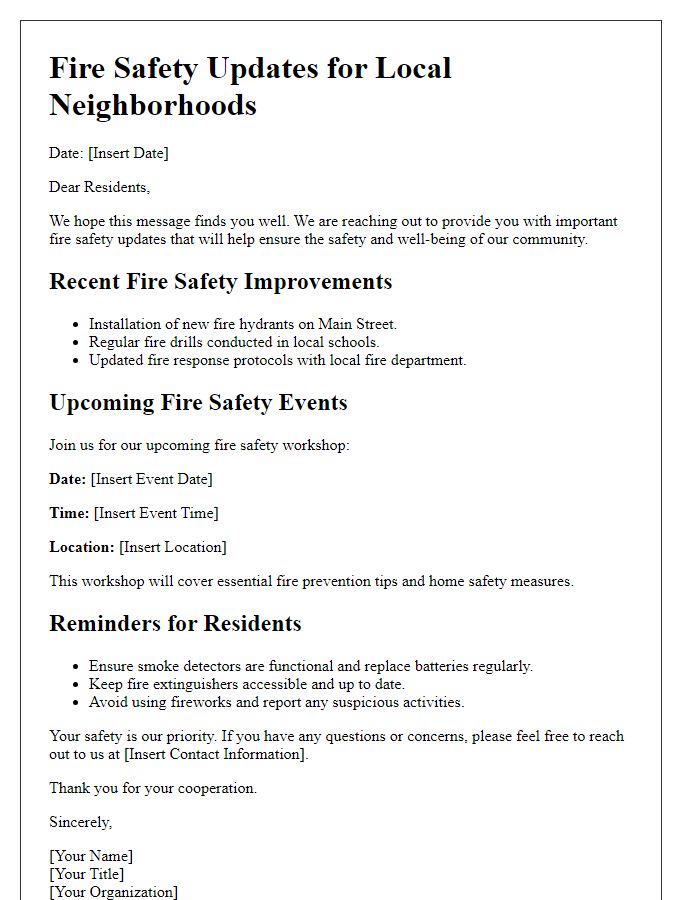


Comments